Dust Explosions
Toolkit for Risk
Reduction
Dust explosions are a major hazard in many industries. This is because a surprising number of dusts are explosive, this includes natural products such as wood dust and food powders, organic chemicals and even metal dusts.
They can cause serious injuries to your personnel and the general public as well as destroying your equipment and potentially your business.
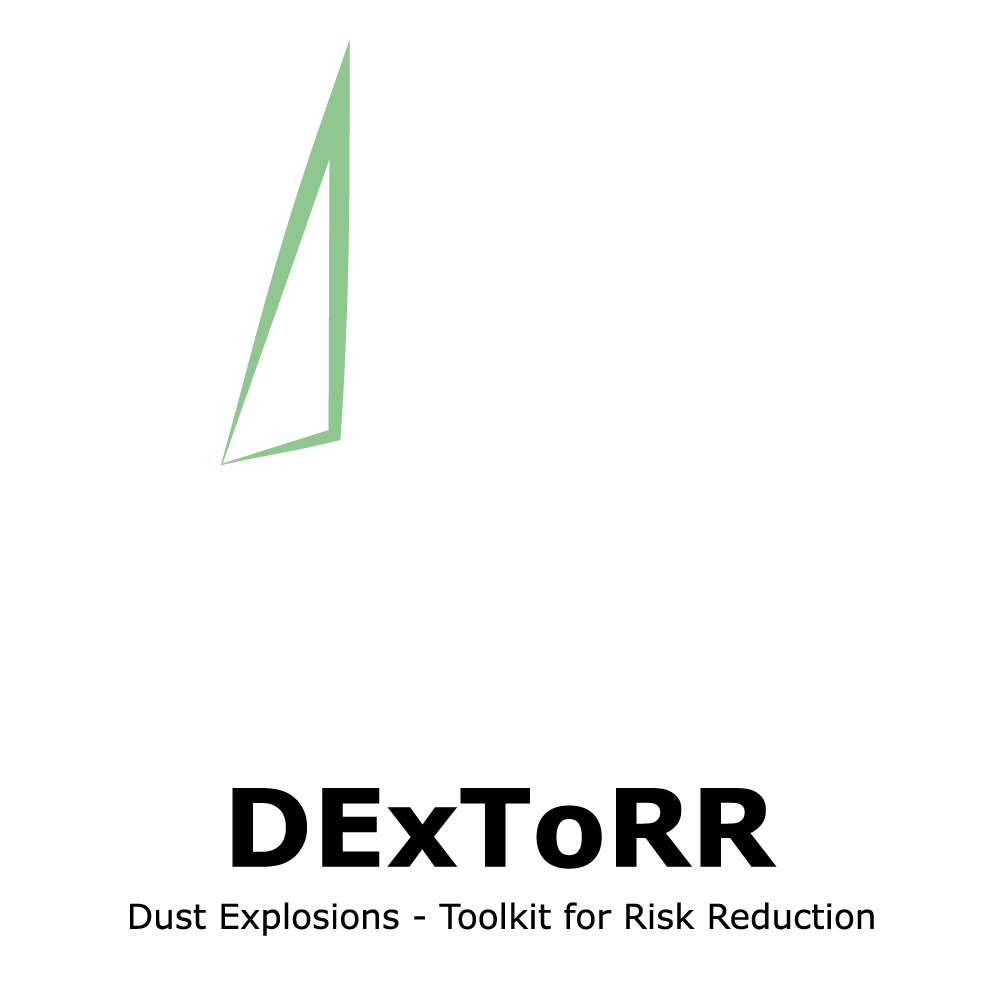
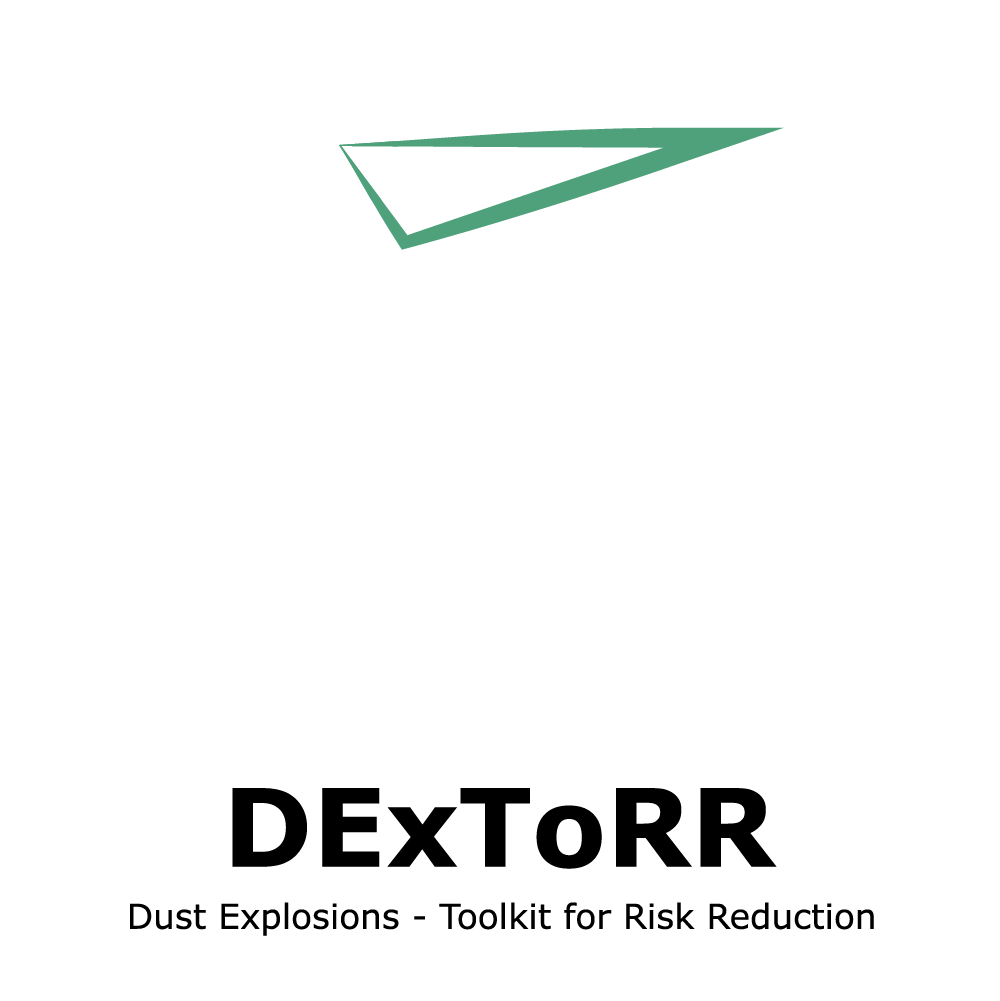
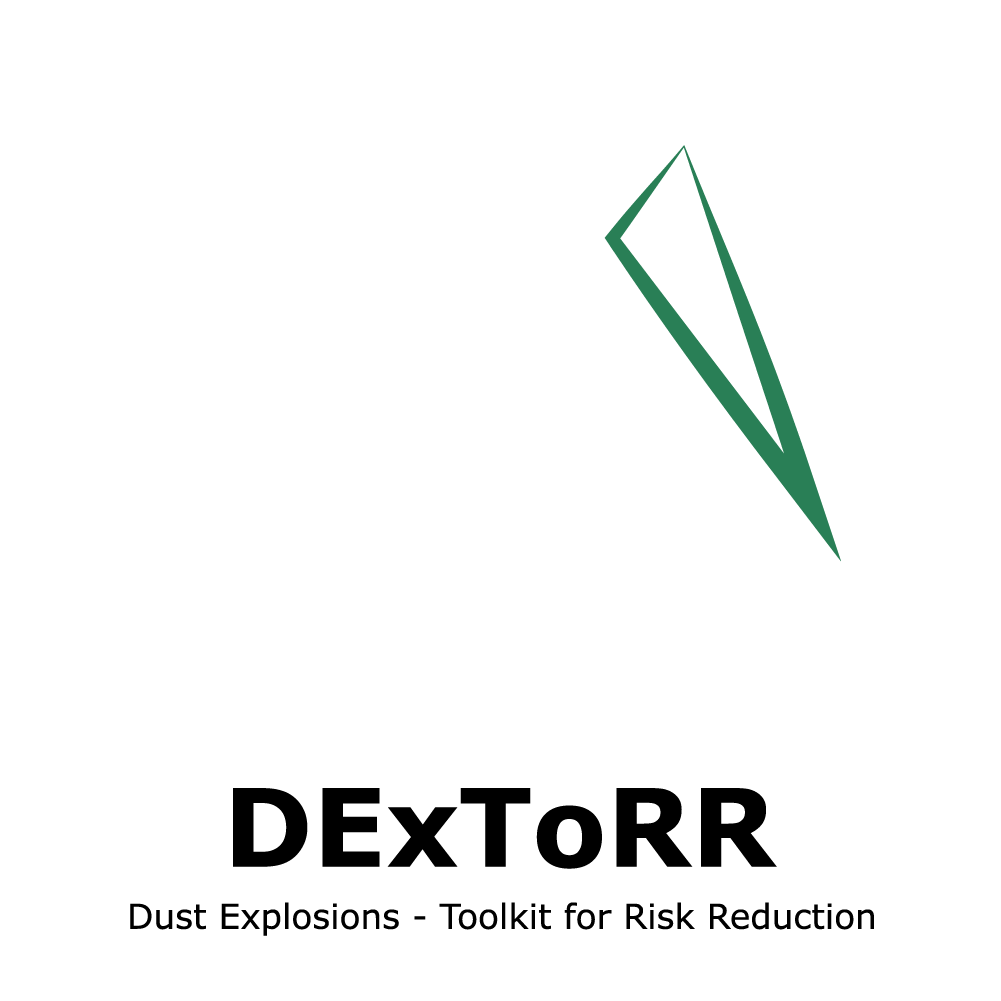
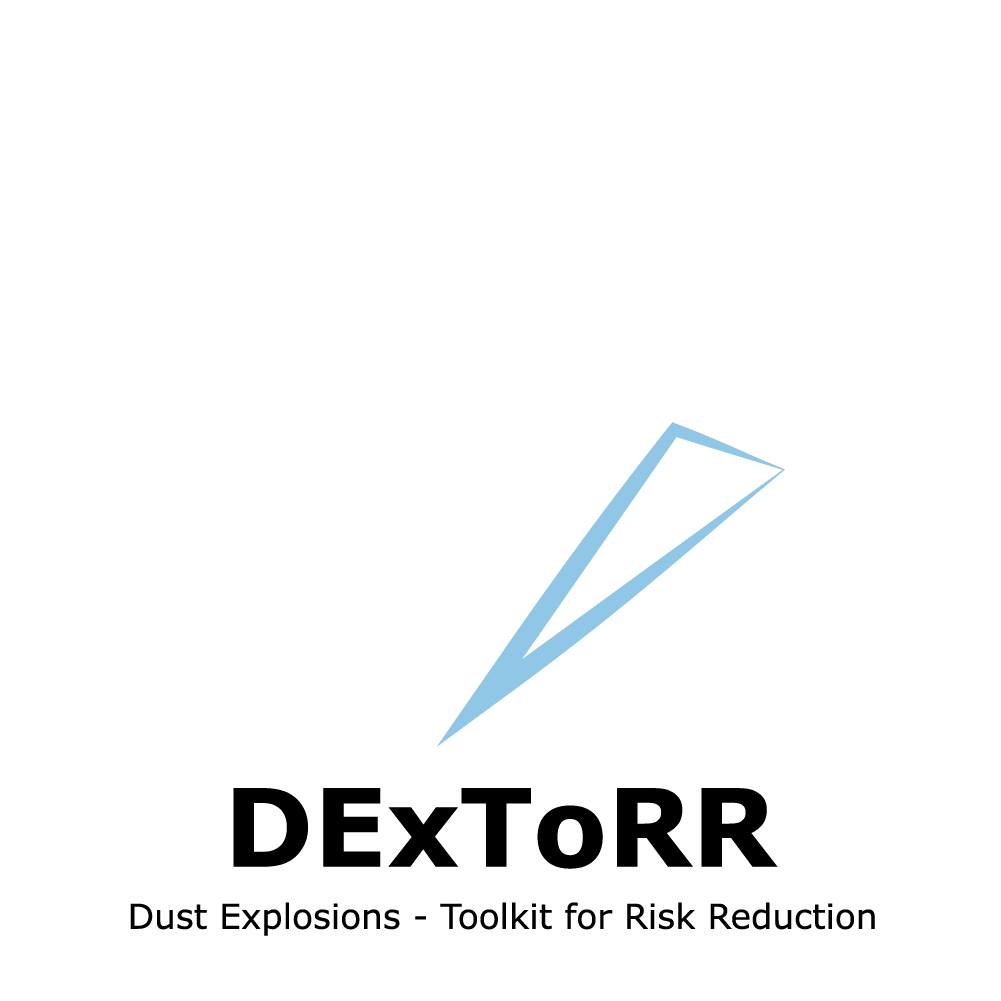
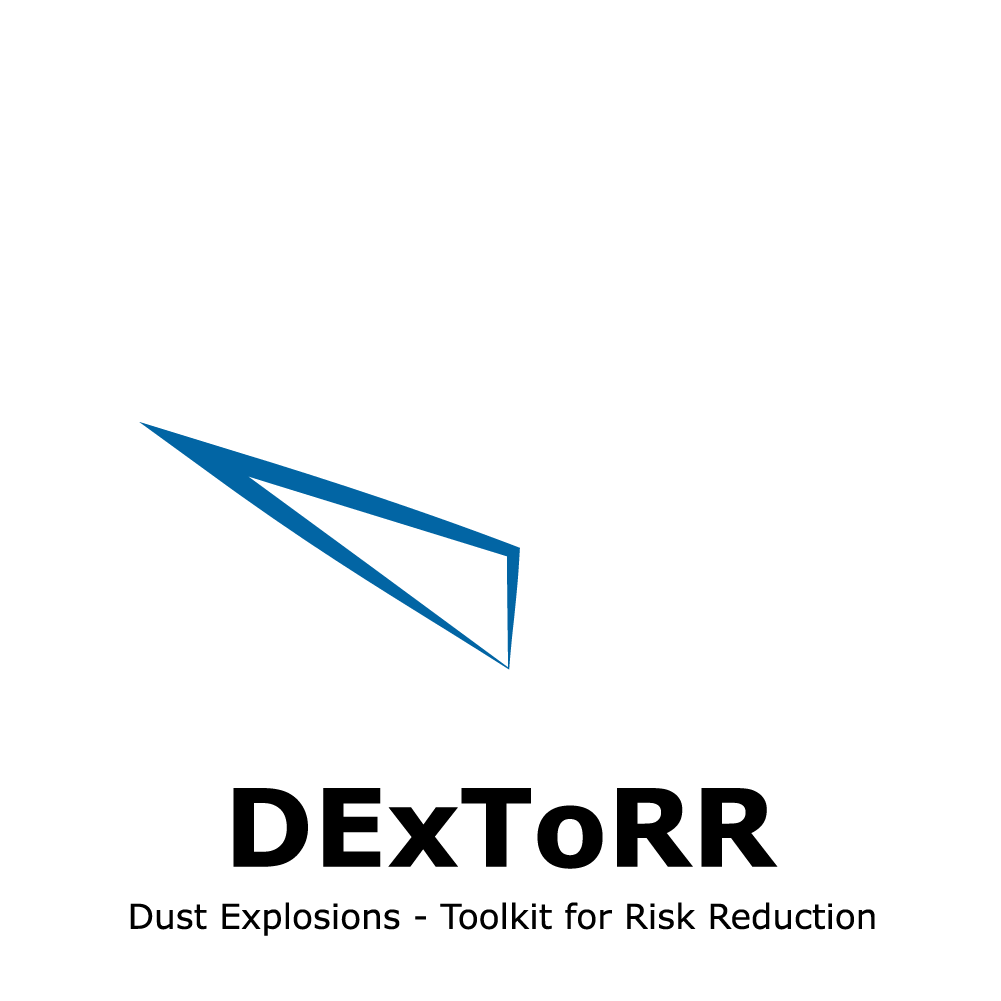
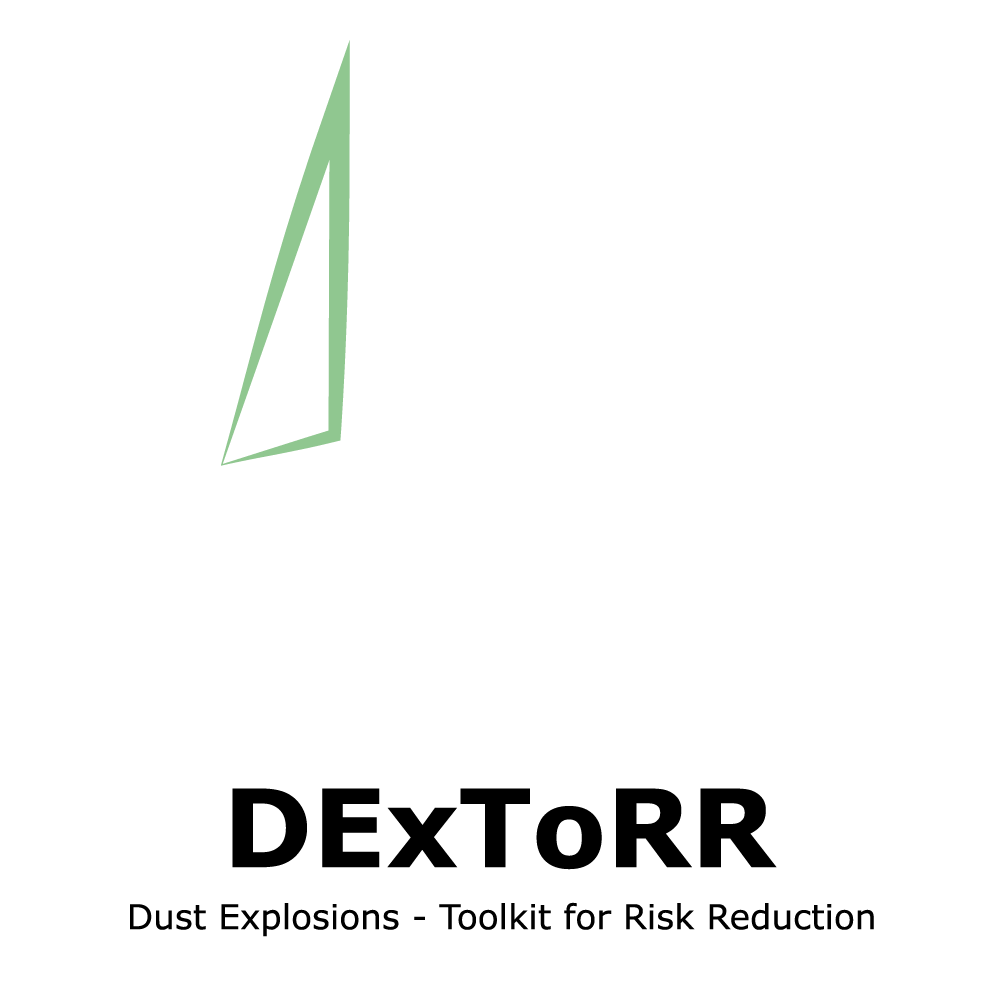
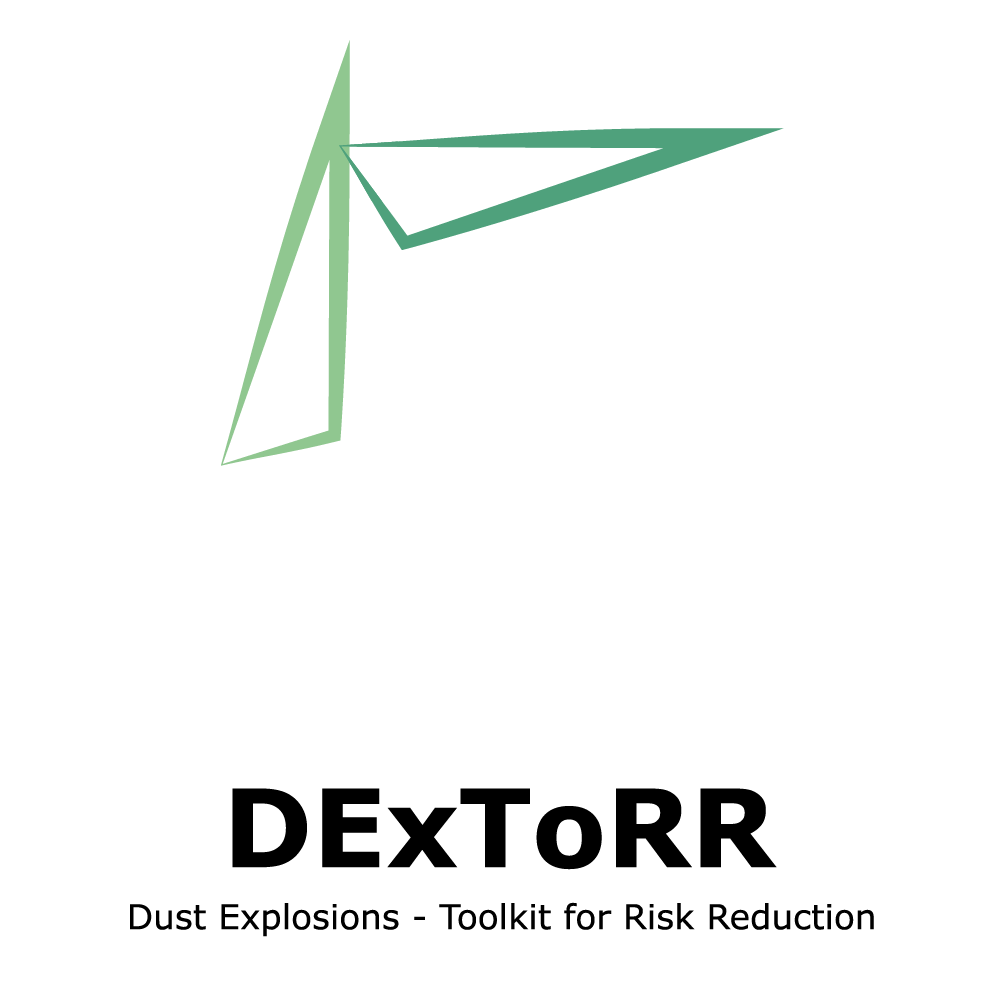
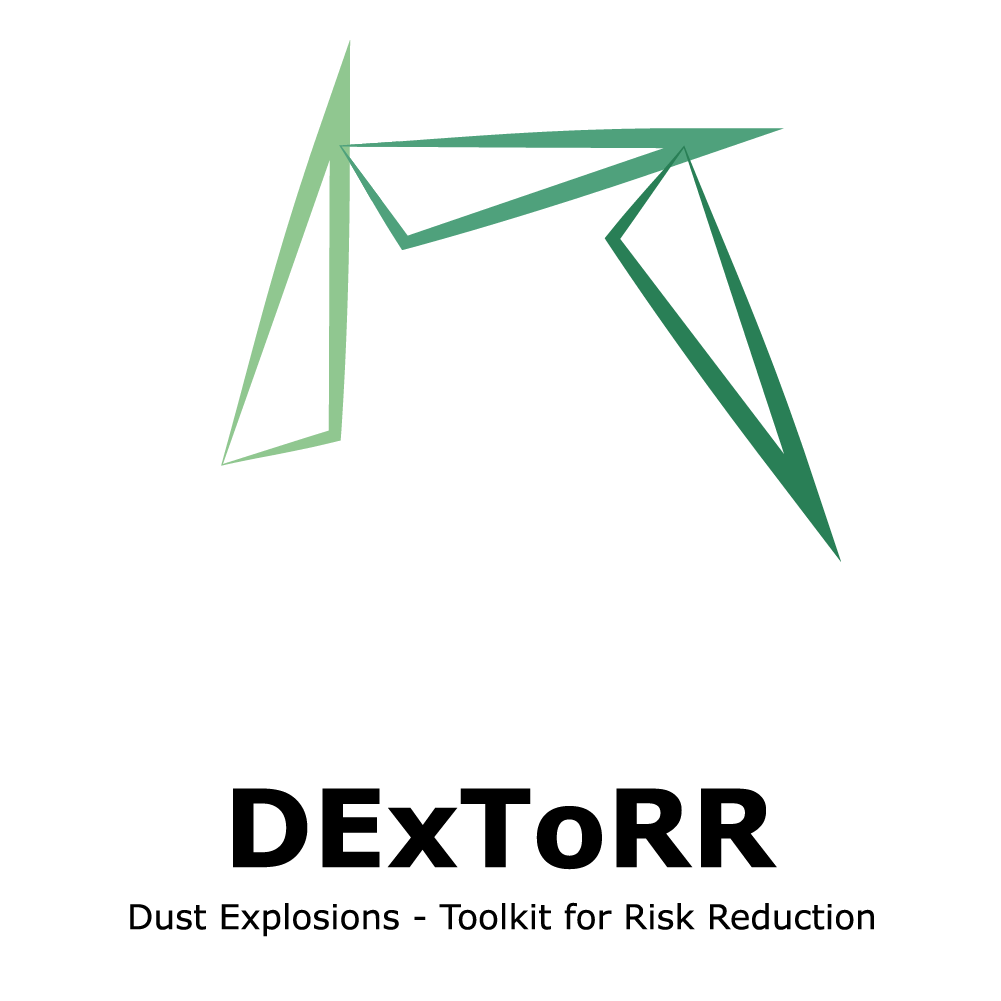
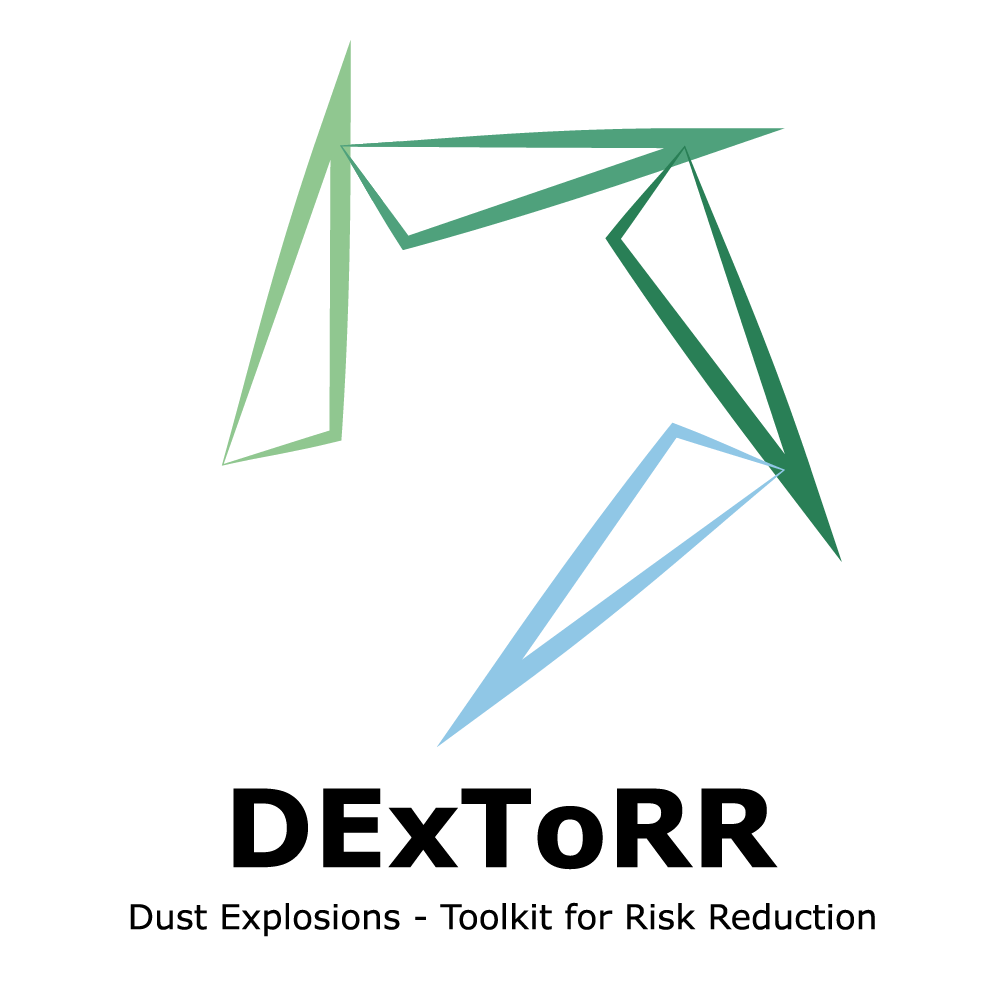
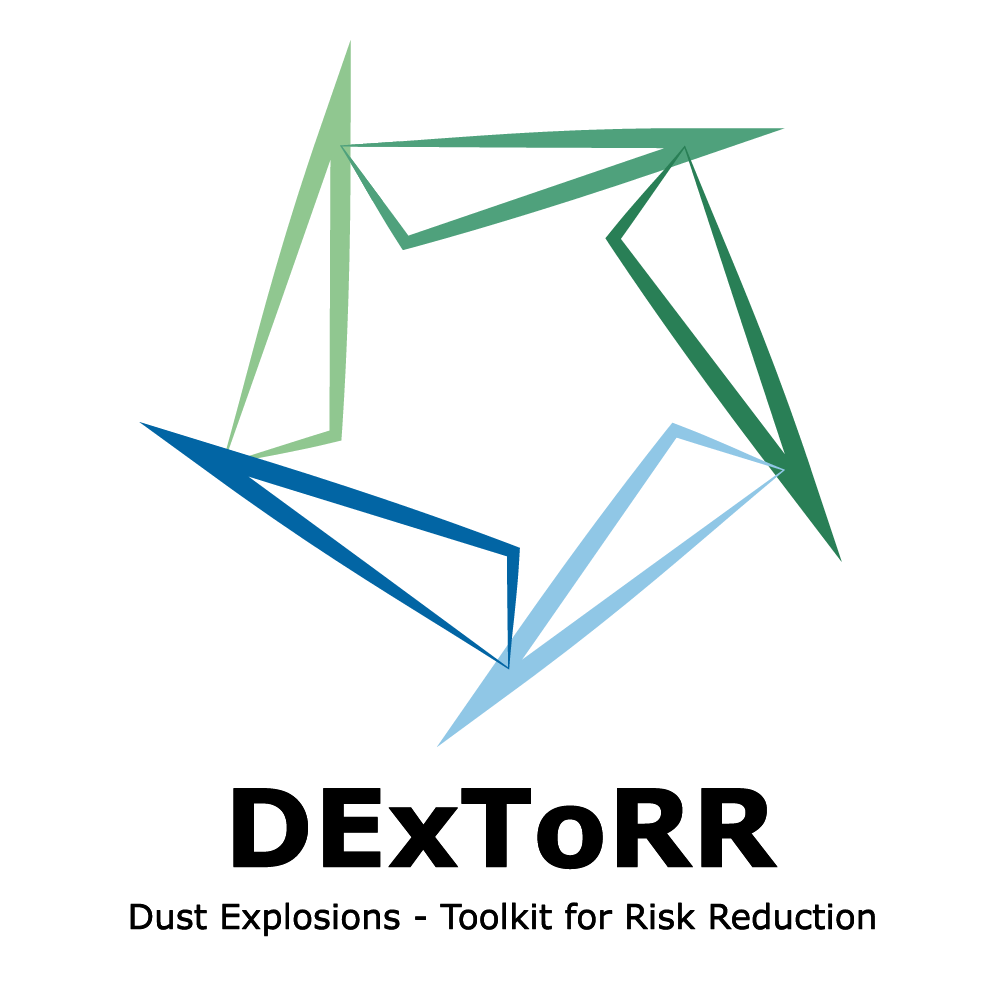
About us
We have developed an award winning simplified 11-step approach to dust explosion risk reduction including Hazardous Area Classification and the risk assessments required for the use of equipment in potentially explosive atmospheres.This is particularly helpful for DSEAR assessments.
Using this approach alongside our considerable experience allows us to provide a structured approach to go beyond Hazardous Area Classification and to help our clients reduce all of the risks associated with handling combustible dusts.
We have paid particular attention to the impact that non-electrical sources of ignition have upon the associated risks. This is particularly important since many of the powders handled used in industrial processes are fine and easily dispersed as well as being easy to ignite.

 DExTToR
DExTToR
Overview
-
![]()
-
Step 1 -Is there a fuel present?
Overview
- Are any of the powders used combustible?
- Literature data is useful for a first pass but combustibility data is highly dependent on particle size and moisture content.
- Lab testing of actual powder being used is required to give reliable design data.
Blogs
Part 1 – No Explosion Properties on the MSDS – Ergo the Dust is not Explosive
-
Step 2 – Eliminate the Fuel?
Overview
- Can the combustible dust(s) be replaced by non-combustible materials?
- If not, then consider reducing the inventory of the fuel to minimise the risk.
- If the inventory is very small a hazardous zone of negligible extent could be created which is equivalent to a safe area.
-
Step 3 – Dispersion Mechanism Present?
Overview
Consider possible dispersion mechanisms:
- Pneumatic conveying;
- Milling;
- Fluid bed drying;
- Mixing and blending;
- Powder leaks and spillage.
-
Step 4 – Carry Out Hazardous Area Classification
Overview
- Carry out Hazardous Area Classification using EN 60079-10-2 or similar and define the location and size of any Zones 20, 21, and 22.
- Draft the drawings showing a plan and elevation of the hazardous zones.
Blogs
-
Step 5 – Minimise Sources of Ignition
Overview
Minimise the sources of ignition by carrying out an ignition hazard assessment using the methodology in BS EN ISO 80079-36
Blogs
-
Step 6 – Assess Confinement/Containment
Overview
- Is the explosion unconfined, partially confined/congested or fully contained?
- Assess the impact of pressure piling, material inventory and material properties.
- Consider location and potential injuries.
-
Step 7 – If necessary reduce risk using simple measures
Overview
Simple measures include:
- good housekeeping;
- reduce inventory;
- eliminate/reduce dispersions;
- provide segregation;
- change location.
-
Step 8 – Is the residual risk acceptable?
Overview
- Assess whether the residual risk after all the protection measures implemented thus far is acceptable. Consider the overall risk of an ignition and likely consequences of an explosion.
- Zone 20 – High explosion consequences = unacceptable residual risk
- Zone 22 – High explosion consequences plus high risk of an ignition source being present = unacceptable residual risk.
-
Step 9 – Can oxidant be removed from the process?
Overview
- Inert gas blanketing is frequently possible for enclosed equipment but not possible for hazardous zones outside equipment.
- Remember that inert gases are also asphyxiants.
-
Step 10 – Provide system to eliminate the oxidant
Overview
If the residual risk is unacceptable and the oxidant can be excluded, then use this system to prevent an explosion occurring.
-
Step 11 – Mitigate the consequences
Overview
If the residual risk is unacceptable and the oxidant cannot be excluded, then use some form of mitigation such as explosion relief, explosion suppression, or explosion pressure resistant equipment.
Dust Explosions – How to Reduce the risk using DExToRR
Online Training
This training is provided via the Institution of Chemical Engineers
Contact Us
Phone: +44 1270 664747
Mobile: + 44 7714 167707
Email: keith.plumb@integpharma.com
Address
Integral Pharma Services
Brookbank
7 Hardy Close,
Wistaston,
Crewe,
Cheshire,
CW2 8DY

Copyright 2021 • Integral Pharma Services | Built By BWAR!

